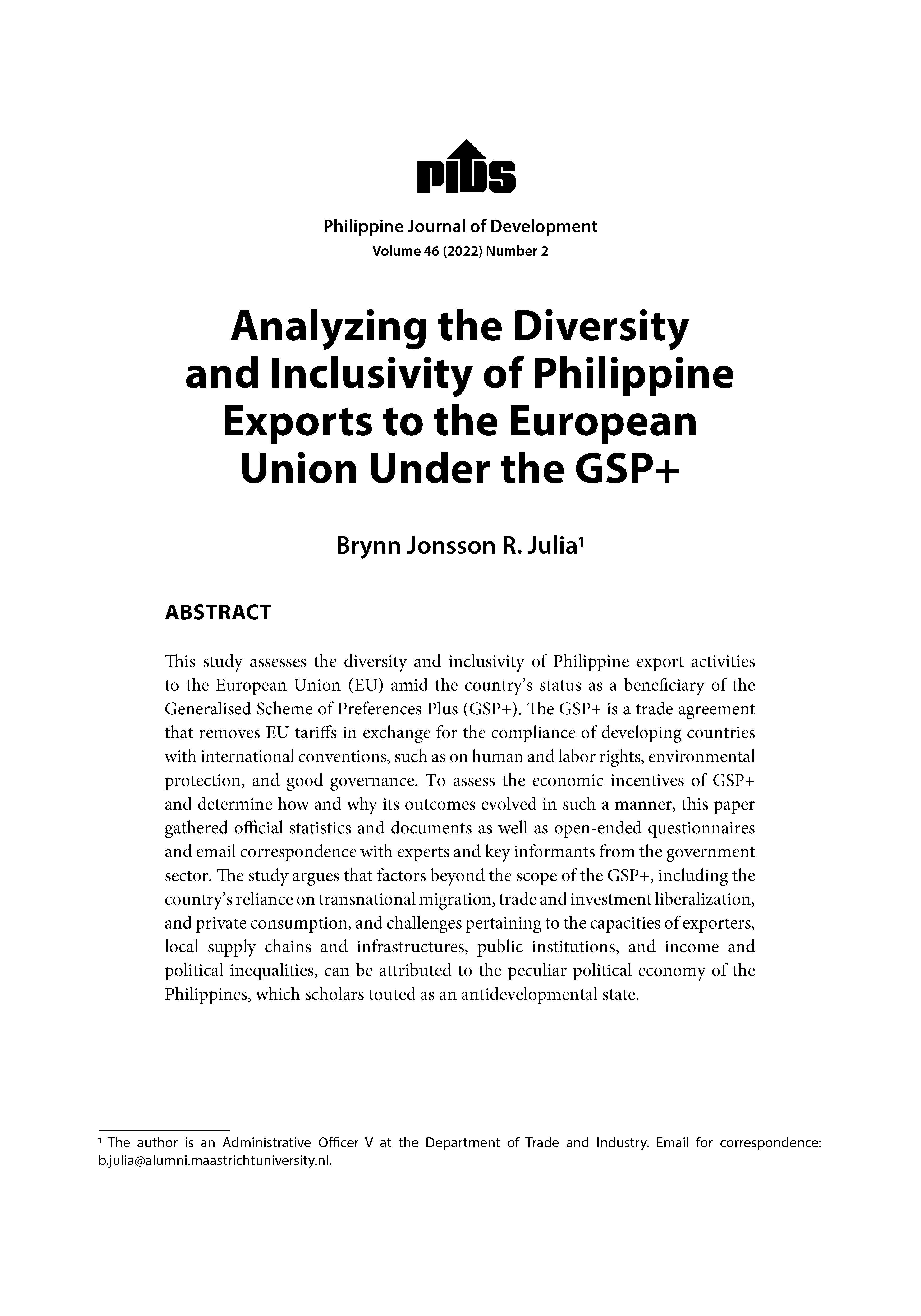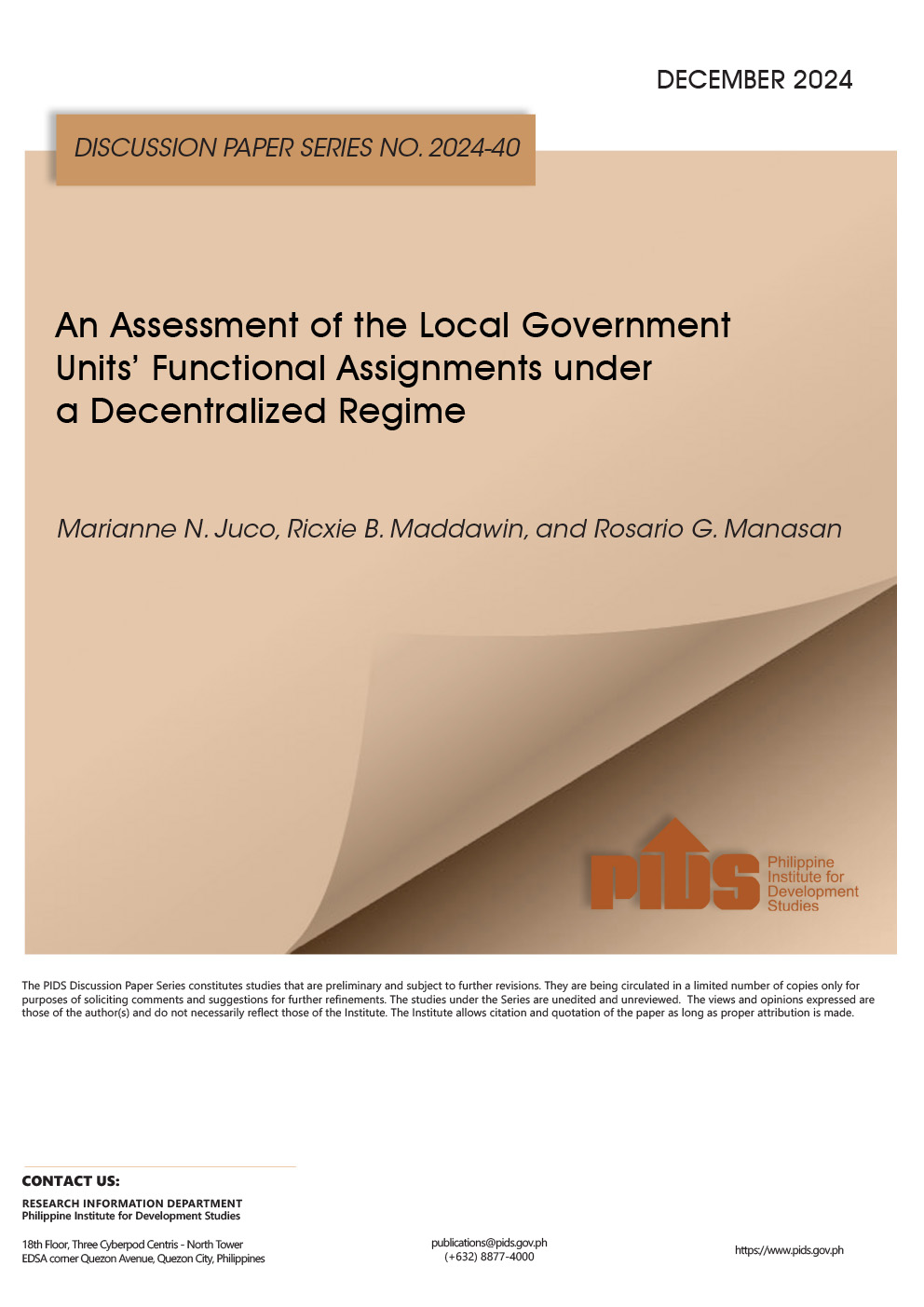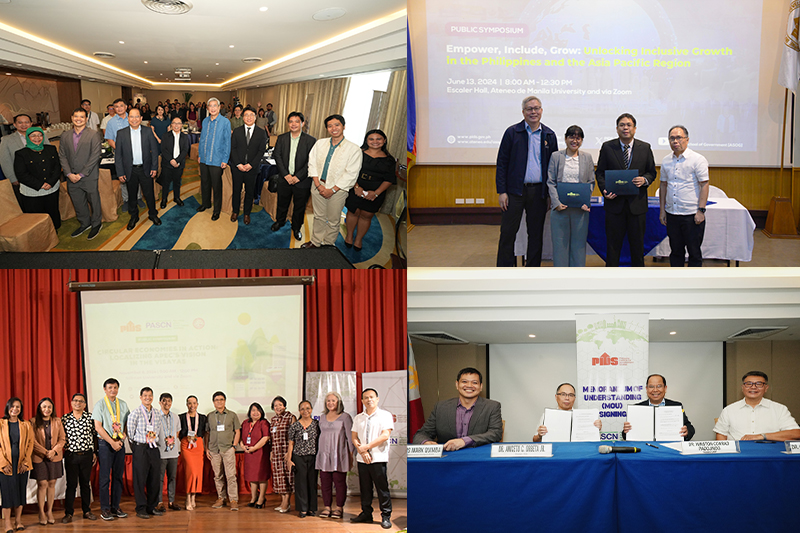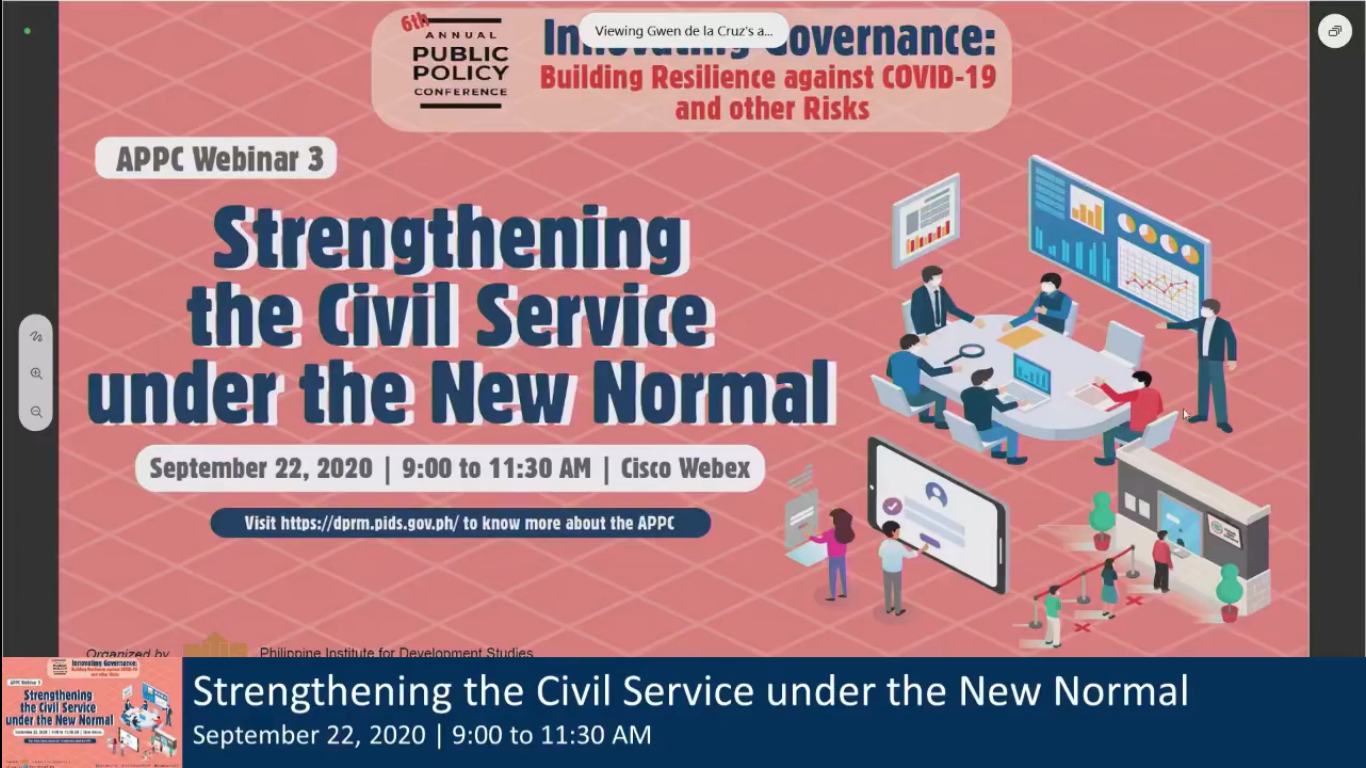MAYOR Rodrigo Duterte said that the recent abduction in Davao of Indian national, Jaspal Singh Malhi, had something to do with his money-lending business, better known as 5/6. Duterte said that the abduction could be due to a personal grudge related to his business. The mayor cautioned foreigners who are in the money lending business to be wary.
Davao City Police Office (DCPO) Director Vicente Danao Jr. said Wednesday that there is no confirmation yet whether Malhi was abducted or not. He said they tried to communicate with the family and friends of the Indian national, but none of them released any statement on the incident. Malhi was forcibly taken by two armed men to a waiting vehicle without a plate number.
Rachel Colyer, Daily Kos sent an article authored by Mari Kondo, here used as reference, on 5/6 loan sharking in a large informal sector comprised of micro-enterprises. Clients are impoverished Filipino ambulant, rolling store, stall vendors, whose survival in business relies heavily on borrowed money. This source of capital comes from the informal sector as well. Informal financiers called it “5/6.” Two types of 5/6 financiers are found in Philippine public markets, each with a distinctive lending mechanism, Filipinos and immigrants from India.
Kondo’s paper considers the implications of having different financiers contribute to the development of micro-enterprises. “First, regarded as last resource lenders, this financier is crucial to the most marginalized micro-entrepreneurs. Second, a part of the Indians’ lending money flows in from India through informal channels, quite an interesting phenomenon in this part of the world.
“And third, despite their importance to Philippine micro-enterprises, little has been written about their financing practices. In the late 1980s and 1990s, extensive studies on micro-financing were conducted by the Philippine Institute of Development Studies, the Social Weather Stations, and other organizations. Since their purpose was to grasp the concept of both formal and informal micro-financing institutions for the purpose of macro policy formulation, differences across institutions by ethnicity were not highlighted. As a result, although Indian financiers are widely known among Filipinos, studies regarding their business practices are virtually non-existent.”
Around 30 percent of the labor force in the Philippines are temporarily- or under-employed. The 5/6 moneylenders charge a nominal interest of 20 percent over an agreed period of time. A person who borrows 5 pesos from a 5/6 money lender over a period of one week repays 6 pesos, including 1 peso interest. Neither Filipino nor Indian 5/6 moneylenders require collateral or documents from their borrowers. The success of a borrower’s business and loan repayment history provide a gauge of the borrower’s credibility.
For various reasons, 5/6 moneylenders are prime and easy targets of hold-ups while on their collection routes. First, they are easily identified because of their appearance, often including a turban and beard as proof of being Sikh, and they are always on a motorbike. Second, their chance of having cash is high. We are like a walking cash dispenser, said one. Third, their everyday route is fixed and reliable so that borrowers can have payments ready. This predictability makes it easy to plan a hold-up once a Strangely his government, while promoting foreign investments drove away a bird already in hand. 56 is targeted.
Fourth, it is uncommon for Indian hold-up victims to report the incident to the police. Many are illegal immigrants without the required papers to conduct business in the country. Even if the hold-up is reported, the police may not be sympathetic to someone considered a violent foreign loan shark exploiting good Filipino citizens.
Finally, the social penalty imposed by Filipino communities upon a person who robs an Indian 5-6 is likely to be less than if a Filipino 5-6 were held up. The professional syndicates that kidnap wealthy Chinese businessmen leave the Indian 5-6 money lenders alone, considering them too petty. It is the goons of the markets and neighborhood gangs who find the Indians attractive targets.
Davao City Police Office (DCPO) Director Vicente Danao Jr. said Wednesday that there is no confirmation yet whether Malhi was abducted or not. He said they tried to communicate with the family and friends of the Indian national, but none of them released any statement on the incident. Malhi was forcibly taken by two armed men to a waiting vehicle without a plate number.
Rachel Colyer, Daily Kos sent an article authored by Mari Kondo, here used as reference, on 5/6 loan sharking in a large informal sector comprised of micro-enterprises. Clients are impoverished Filipino ambulant, rolling store, stall vendors, whose survival in business relies heavily on borrowed money. This source of capital comes from the informal sector as well. Informal financiers called it “5/6.” Two types of 5/6 financiers are found in Philippine public markets, each with a distinctive lending mechanism, Filipinos and immigrants from India.
Kondo’s paper considers the implications of having different financiers contribute to the development of micro-enterprises. “First, regarded as last resource lenders, this financier is crucial to the most marginalized micro-entrepreneurs. Second, a part of the Indians’ lending money flows in from India through informal channels, quite an interesting phenomenon in this part of the world.
“And third, despite their importance to Philippine micro-enterprises, little has been written about their financing practices. In the late 1980s and 1990s, extensive studies on micro-financing were conducted by the Philippine Institute of Development Studies, the Social Weather Stations, and other organizations. Since their purpose was to grasp the concept of both formal and informal micro-financing institutions for the purpose of macro policy formulation, differences across institutions by ethnicity were not highlighted. As a result, although Indian financiers are widely known among Filipinos, studies regarding their business practices are virtually non-existent.”
Around 30 percent of the labor force in the Philippines are temporarily- or under-employed. The 5/6 moneylenders charge a nominal interest of 20 percent over an agreed period of time. A person who borrows 5 pesos from a 5/6 money lender over a period of one week repays 6 pesos, including 1 peso interest. Neither Filipino nor Indian 5/6 moneylenders require collateral or documents from their borrowers. The success of a borrower’s business and loan repayment history provide a gauge of the borrower’s credibility.
For various reasons, 5/6 moneylenders are prime and easy targets of hold-ups while on their collection routes. First, they are easily identified because of their appearance, often including a turban and beard as proof of being Sikh, and they are always on a motorbike. Second, their chance of having cash is high. We are like a walking cash dispenser, said one. Third, their everyday route is fixed and reliable so that borrowers can have payments ready. This predictability makes it easy to plan a hold-up once a Strangely his government, while promoting foreign investments drove away a bird already in hand. 56 is targeted.
Fourth, it is uncommon for Indian hold-up victims to report the incident to the police. Many are illegal immigrants without the required papers to conduct business in the country. Even if the hold-up is reported, the police may not be sympathetic to someone considered a violent foreign loan shark exploiting good Filipino citizens.
Finally, the social penalty imposed by Filipino communities upon a person who robs an Indian 5-6 is likely to be less than if a Filipino 5-6 were held up. The professional syndicates that kidnap wealthy Chinese businessmen leave the Indian 5-6 money lenders alone, considering them too petty. It is the goons of the markets and neighborhood gangs who find the Indians attractive targets.











